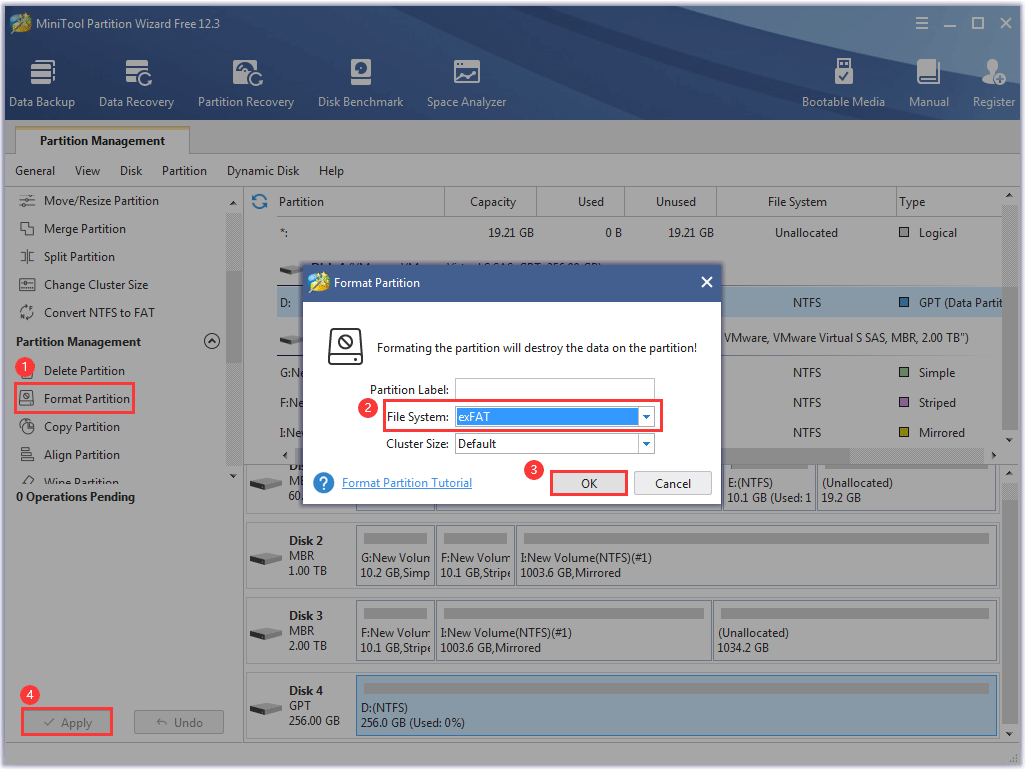
It will take a little time for the conversion process to complete, so be patient. In the drop-down menu that appears, click the option labeled Convert to APFS. Select the partition of the external drive either labeled No Name or My Passport and then right-click on it. This offers you an added layer of security that HFS+ couldn’t provide.Īfter taking the required steps, hit the Apply button. With APFS, you get the chance to encrypt individual files and folders on your drive in addition to encrypting the entire hard drive. Encryption: Privacy is a very big issue for people and if you have some sensitive data on a file or in a folder then you would want to keep it private.This efficient use of the available drive space ensures that you don’t run out of storage space anytime soon. It stores the information on the partitions in such a manner that files don’t get fragmented and need to be pieced together later. Efficient Partition Management: APFS does a great job of managing the partitions that you have created on your drive.This means that you would have to face fewer instances of file corruption than before if your drive is using the APFS format.

Apple has worked on the reliability of this file system and has ensured that it does not crash as much as HFS+ used to do.

Partition wd easystore 5tb drive on mac mac os#
So, if you don’t have this Mac OS installed on your Mac, you won’t be able to open any drives using the APFS format.ĪPFS offers a ton of benefits that you don’t find in HFS+. One thing to keep in mind about APFS is that it only works on macOS High Sierra. However, it is best suited for flash and solid-state drives. APFS has been optimized for SSDs and flash drives but can be used for external and hybrid drives as well. It offers several advantages over its predecessors and is automatically applied to your hard drive upon the installation of macOS High Sierra.

This new file system replaces the previous file system, Mac OS Extended or HFS+, which was used by all the Mac OS versions which came before it. It was introduced by Apple in the year 2006 and is now the default file system of the latest Mac operating system, macOS High Sierra.
Partition wd easystore 5tb drive on mac how to#


 0 kommentar(er)
0 kommentar(er)
